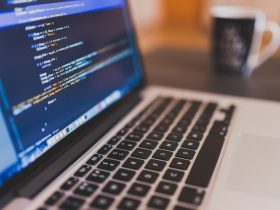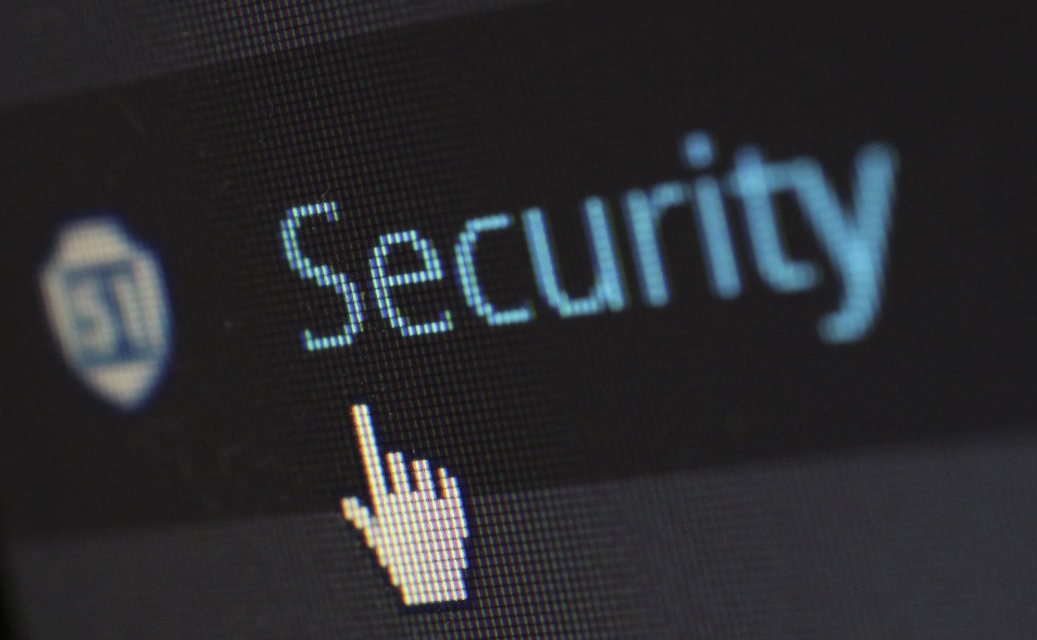
Introduction
Have you ever imagined a world where machines and Artificial Intelligence are controlling and affecting the authenticity of truth? With the advancement of AI, we’re getting closer to such an era where AI can photoshop images and videos even better than professional movie editors. Deepfake makes use of deep learning (a form of AI) to synthesize falsified media where a person in an existing video or image is replaced with someone else’s likeness.
With the combined power of Machine learning and artificial intelligence, deepfake can generate content with a high potential to deceive. This technology can be used to make people believe the falsified media.
Also Read: Powerful Implementations of Artificial Intelligence (AI) Of All Times
Want to dance like a professional dancer, or want to perform some actions from your favorite Marvel movies, or put new words in your friend’s mouth? Then it’s time to dive into the world of deep learning, and let’s make a deep fake.
How are they made?
In the Machine Learning world, a model (that studies the pattern) is given with a set of inputs to analyze and find patterns. With every iteration, the model tries to improve by minimizing the flaws. A deep learning system can produce a model by studying the videos and photographs of a target person from multiple angles. Throughout the whole process, it tries to mimic the target’s behavior and speech patterns. At the end of the iterative process, the system would be ready to deepfake and brew some fake content that can be deceptive.
Is it just about Videos?
- Deepfakes do pose a risk to politics in terms of counterfeit media appearing to be real, and we have seen many cases in the past. Deep learning can also be used to create convincing yet fictional photos from scratch. One such profile on LinkedIn and Twitter was reported named, “Katie Jones” claimed to work at the Center for Strategic and International Studies (CSIS), but was nothing but deepfake crafted for foreign spying operations.
- Even voice can be deepfaked too, to create voice clones of public figures. Such an incident was reported last March, the chief of the UK subsidiary of German energy firm transferred nearly £200,000 into a Hungarian bank account. The company’s insurers believe that the voice was a deep fake, and they found a fraudster mimicked the German CEO’s voice over a phone call from the call recordings. The deepfaked audio was so sophisticated that it accurately imitated the executive’s accent, tone of voice, and style of speaking.
Also Read: What’s the Best Solution for Ransomware Attacks?
History
- The journey towards deepfake can be dated back to 1997, a project called Video Rewrite the program developed, that altered the existing video footage of individuals speaking to paint a deceptive picture that the individual mouthing the words contained in a different audio source. It was the first system to automate facial reanimation fully by using Machine Learning techniques.
- The term deepfakes originated around the end of 2017 from Reddit users posted the doctored porn clips on the site. The videos swapped the faces of celebrities – Gal Gadot, Taylor Swift, Scarlett Johansson, and others – on to porn performers.
- A university researcher published a paper introducing a fake dancing application that can learn from AI and put forward results imitating masterful dancing ability.
Must Read: Why Experts Are Saying That Zoom Is A Malware?
How to detect manipulated videos?
While AI can be used to produce deepfakes, it can also be used to reverse engineer those to detect them. Companies like Google, Linkedin are already working on tools for exposing deepfakes.
- Development of fake detection algorithms and apply those to the existing database for cleanup and deepfake identification purposes.
- They are making use of watermarks that can be built into digital photo files to reveal if they are tempered or not.
- Collaboration with university researchers to create an extensive database of fake videos for research.
Threats
Fake digital identities could impact nearly every organization that has implemented digital onboarding, service verification, purchase, and services. In the age of the instant real-time experience, deepfake can impact customers–from banks to fintech, to e-commerce providers, and sharing economy platforms.
Conclusion
We are at an early stage of the deepfakes. With the ever-evolving AI advancements, the true potential of deepfakes technology is not yet discovered; however, a lot can be expected of it. The possible threats cannot be looked over: its potential to decrease trust in todays business. Guaranteeing every identity being confirmed at each step is undoubtedly the best approach, in lending a hand to stop cybercriminals and AI-enabled con artists in their path of crime.







Leave a Reply